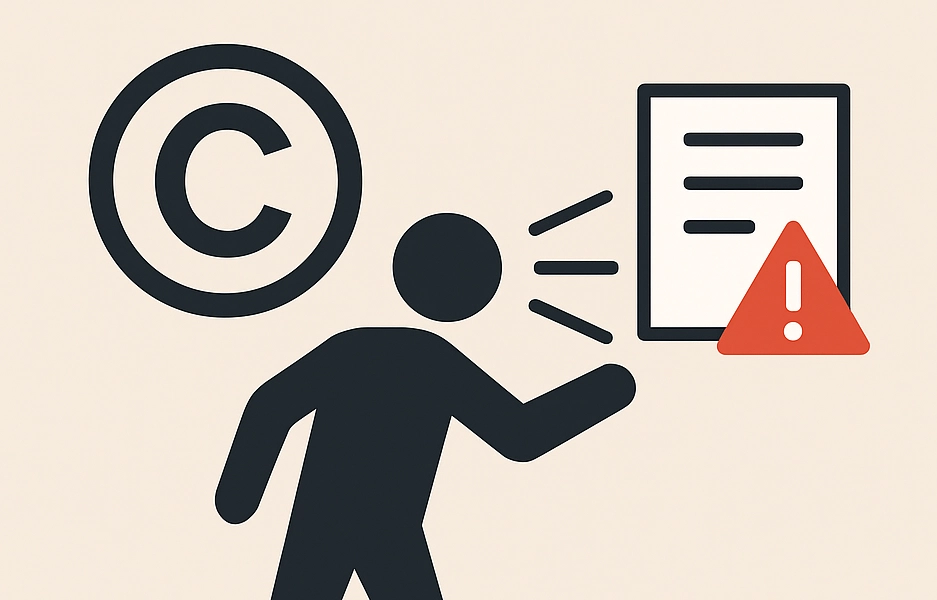For brand owners and e-commerce businesses, copyright infringement isn’t just a legal term—it’s a direct threat to your reputation, revenue, and customer trust. In the U.S. and Canada, copyright law provides powerful tools to protect creative works. In much of Europe, however, enforcement rules differ, and certain uses may not be considered legal in the same way.
This guide explains what is Copyright Infringement, how infringement happens, and the steps brands should take to enforce their rights—online and offline.
What Is Copyright?
Copyright is a legal framework granting creators exclusive rights over their original works, such as:
- Product photography and videos
- Website copy, product descriptions, and ad campaigns
- Logos, slogans, and marketing materials
- Custom software and design files
These rights typically cover reproduction, distribution, public display, performance, and creating derivative works. Copyright protection is automatic upon creation in most countries, but registering it—such as with the U.S. Copyright Office—provides stronger enforcement options.

What Is Copyright Infringement?
Copyright infringement occurs when someone uses your copyrighted material without permission, violating your exclusive rights. It doesn’t require copying an entire work—using a substantial or important part can be enough.
Examples for brands:
- A competitor lifting your product photos for their online store.
- Another seller copying your Amazon product description word-for-word.
- An influencer using your branded video content without licensing it.
Why Brands Must Enforce Copyright
1. Protect Revenue
Unauthorized use of creative assets can divert sales to competitors or counterfeiters.
2. Maintain Brand Reputation
Low-quality imitations can harm customer trust if they appear tied to your brand.
3. Reduce Legal Risks
Failing to act against infringement can weaken future claims and signal tolerance to bad actors.
Steps to Enforce Copyright
- Register Your Works
While protection is automatic, registration strengthens your legal position, especially in the U.S. and Canada. - Monitor for Infringement
Many brands use in-house teams or trusted partners to track online marketplaces, social media, and websites for unauthorized use of their assets. Our monitoring solutions help detect and document violations at scale. - Send Cease & Desist Letters
Clearly demand removal and stop of use, stating your ownership. - File Takedown Requests
Platforms like Amazon, eBay, and Instagram have IP violation reporting systems. - Pursue Legal Action
For persistent or high-impact cases, consult an experienced IP attorney to handle litigation and cross-border enforcement strategies.
Protect your creative assets before infringement costs you sales or damages your reputation—see how Brand Alignment can help.
Regional Differences in Copyright Enforcement
U.S. & Canada: Strong protections and straightforward legal remedies.
Europe: Protections vary; some exceptions like private use or parody can limit enforcement. Brands operating internationally should adapt their IP strategy to each market.
Global Considerations – Always check the local copyright laws where your content will be published or distributed.
You might also be interested in reading this article: How to Report Counterfeit Products on Amazon. Step-By-Step Guide
How to Avoid Copyright Infringement
- Create Your Own Content – The safest route.
- Use Licensed Material – Purchase rights or use properly licensed stock libraries.
- Check Terms of Use – Especially for social media platforms and public databases.
- Obtain Written Permission – Email confirmation may not be enough for commercial use.
- Understand Fair Use / Fair Dealing – Know when and how limited exceptions apply.
Real-World Example
Best Practices for Brand Copyright Management
- Educate employees on IP protection.
- Register new works promptly.
- Maintain a monitoring schedule for all digital assets.
- Work with legal partners in each major market.
- Combine copyright enforcement with trademark and anti-counterfeiting measures.
Preventing Future Counterfeits
After reporting, strengthen your brand protection:
- Enroll in Amazon Brand Registry for proactive protection.
- Join the Transparency Program to serialize products and block counterfeits before they go live.
- Apply for Project Zero to remove counterfeits instantly.
- Use Amazon IP Accelerator to connect with vetted law firms and speed up trademark registration.
- Monitor your listings regularly for suspicious price drops, poor-quality images, or seller changes.
Don’t wait for infringement to harm your brand
FAQ
What’s the difference between copyright and trademark?
Copyright protects creative works (photos, text, videos).
Trademark protects brand identifiers (name, logo, slogan).
Can I sue for copyright infringement without registering my work?
In the U.S., you must register before filing a lawsuit for damages.
Is copyright infringement always illegal in Europe?
Not always—exceptions like private use or parody may apply, depending on the country.





